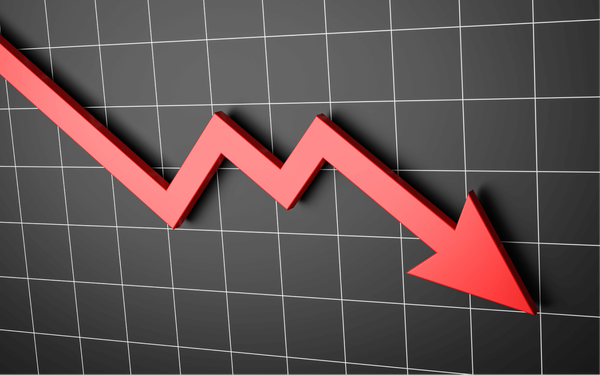Sectoral vs Thematic Funds: Understanding difference
Sectoral and thematic funds, like siblings belong to the same parent, but differ in some cases. Check out what each one has to offers.

Investing in a fund focused on a growing industry like technology or a trend like clean energy is possible through sectoral and thematic mutual funds. They both let you target specific opportunities in the market, but they do it differently. If you’re confused between the two, you’re not alone. Let’s break it down clearly so you can choose what works best for you.
What are Sectoral Funds?
Sectoral mutual funds are mutual funds that invest only in one particular sector of the economy, like IT, banking, pharma, energy, or FMCG (fast-moving consumer goods). These funds put at least 80% of their money into companies from that single sector.
Example: If it’s a banking sector fund, it will mostly include stocks of banks and financial services companies, nothing else.
Key features:
- One-sector focus: These funds invest only in one specific industry, which limits diversification and increases exposure to sector-specific risks.
- High risk, high reward: If the sector performs well, returns can be strong. However, poor performance can lead to significant losses.
- Industry-driven performance: The fund’s returns depend heavily on news, policy changes, and market trends related to that specific industry.
What are Thematic Funds?
Thematic mutual funds invest in a broader idea or trend than just one sector. These themes often cover multiple sectors connected by a common concept, like Digital India, clean energy, or rural development.
Example: A clean energy thematic fund may include stocks from solar panel manufacturers, electric vehicle companies, battery makers, and even green energy tech firms. All industries are tied to the same "clean energy" theme.
Key features:
- Wider scope: Thematic funds invest across multiple industries linked by a common idea, offering broader exposure than single-sector funds.
- Trend based: These funds align with long-term themes such as sustainability, digitisation, or infrastructure, capturing growth across related industries.
- Lower risk than Sectoral Funds: By diversifying across sectors within a theme, these funds reduce risk compared to sectoral funds, though not fully diversified.
Sectoral vs Thematic Funds: Comparison table
Here’s a clear comparison to help you understand the key differences between sectoral funds and thematic funds, highlighting the difference between thematic and sectoral funds in a simple way:
What should you choose?
Here’s how to decide whether sectoral or thematic funds fit your investment style and goals:
Choose sectoral funds if:
- If you believe a certain industry is likely to succeed, you put your money there to try to earn more.
- Your knowledge of sectors lets you pick the right investments, considering changes and cycles in the market.
- Temporary changes in the market are accepted, with faith that eventually, your investments will grow.
Choose thematic funds if:
- You invest in things that will help the economy in the long run and plan to keep these investments for a long time.
- You are interested in diversifying a bit to lower the risks involved, but at the same time, you are aiming for growth with various investments.
- You want to leverage industries with shared ideas or themes, which helps avoid concentrating your risk in one industry.
Conclusion
A conviction bet means investing in a specific sector or theme you believe will grow, like sectoral or thematic funds. These can boost your core portfolio but carry higher risk. If you’re new to investing, start small by spreading your money across different sectors or small-cap stocks to reduce risk. Keep your investments stable, track them regularly, and ensure they align with your long-term financial goals for smarter growth and better chances of building lasting financial security over time.




